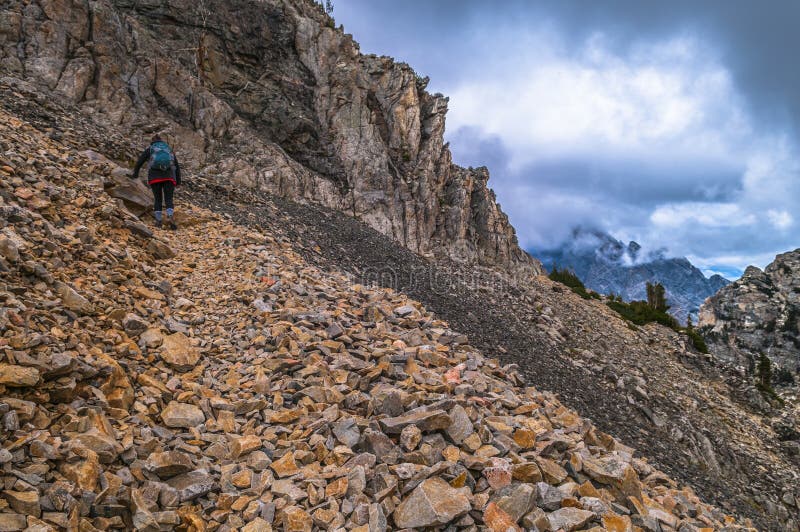

The influence of the San Gregorio fault on the morphology of Monterey Canyon
#PAINTBRUSH DIVIDE GRADE FULL#
The Haida Gwaii canyons are compared and contrasted with the Sur Canyon system, located to the south of Monterey Bay, California, on a transform margin, which is not blocked by any accretionary prism, and where canyons thus extend to 4000 m depth, across the full breadth of the slope. Vertical displacement along the fault has resulted in hanging canyons occurring locally. Consequently, canyons along this margin are short (4-8 km in length), closely spaced (around 800 m), and terminate uniformly along the 1400 m isobath, coinciding with the primary fault trend of the QCFZ. Slow subduction along the Cascadia Subduction Zone has accreted a prism of marine sediment against the lower slope (1500-3500 m water depth), forming the Queen Charlotte Terrace, which blocks the mouths of submarine canyons formed on the upper slope (200-1400 m water depth). The QCFZ is an oblique strike-slip fault zone that has rates of lateral motion of around 50-60 mm/yr and a small convergent component equal to about 3 mm/yr. Here, we examine the geomorphology of canyons located on the continental margin off Haida Gwaii, British Columbia, that are truncated on the mid-slope (1200-1400 m water depth) by the Queen Charlotte Fault Zone (QCFZ). Garyįaulting commonly influences the geomorphology of submarine canyons that occur on active continental margins. Hanging canyons of Haida Gwaii, British Columbia, Canada: Fault-control on submarine canyon geomorphology along active continental margins Offset of stratigraphic units across faults indicates that faulting occurred throughout the time these volcanic units were deposited.« less

Two of these faults, the Paintbrush Canyon fault and the Bow Ridge fault, are major block-bounding faults here and to the south at Yucca Mountain. Latest movement as preserved by slickensides on west-dipping fault scarps is oblique down towards the southwest. Faults commonly are characterized by well developed fault scarps, thick breccia zones, and hanging-wall grabens. The rocks within the mapped area have been deformed by north- and northwest-striking, dominantly west-dipping normal faults and a few east-dipping normal faults. The source vents of the tuff cones and lava domes commonly are located beneath the thickest deposits ofmore » pyroclastic ejecta and lava flows. Miocene tuffs and lavas of the Calico Hills Formation, the Paintbrush Group, and the Timber Mountain Group crop out in the area of this map. It is on the southern flank of the Timber Mountain caldera complex within the southwest Nevada volcanic field. The area encompassed by this map lies between Yucca Wash and Fortymile Canyon, northeast of Yucca Mountain. This geologic map is produced to support site characterization studies of Yucca Mountain, Nevada, site of a potential nuclear waste storage facility. Geologic map of the Paintbrush Canyon Area, Yucca Mountain, NevadaĭOE Office of Scientific and Technical Information (OSTI.GOV)


 0 kommentar(er)
0 kommentar(er)
